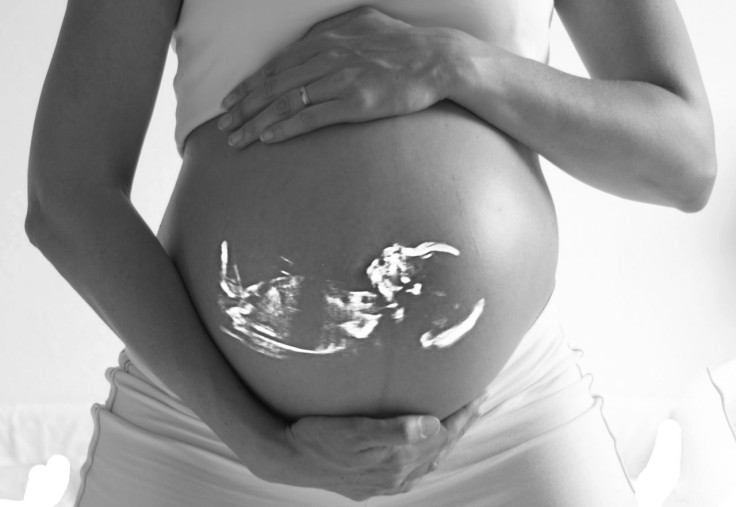Abortion Statistics: CDC Reports US Pregnancy Rate And Outcomes, Like Abortions, Are At Record Low

The number of unplanned pregnancies and abortions among U.S. women has fallen to an all-time low, according to a new report from the Centers for Disease Control and Prevention.
Researchers from the CDC’s National Center for Health Statistics and the Guttmacher Institute (GI) analyzed data on births from the National Vital Statistics System, abortions from the Abortion Surveillance System and GI, plus data on fetal loss (miscarriage) from several cycles of the National Survey of Family Growth in order to update a previous report on pregnancy rates. While important to note declining pregnancy rates, researchers said, it’s also important to consider total rates of pregnancy and other pregnancy outcomes, such as abortion and miscarriage. These rates and outcomes were also considered by age, race, and ethnicity
Compared with 1990, pregnancy rates were lower in 2010 for women under age 30, with rates dropping most for teenagers. Specifically, the teen pregnancy rate among women aged 14 and younger dropped by 67 percent and dropped 50 percent among women aged 15 to 19.
Within the overall pregnancy rate there was a 35 percent decline in abortions and 10 percent decline in births. Miscarriages, on the other hand, fluctuated over this period — researchers found there were 3 percent less of them in 2010 than 1990. Time pointed out that women now have as many abortions as they do miscarriages.
This is especially interesting insight considering the year Planned Parenthood has had; the women's health organization has been subject to verbal and physical attack since being accused of illegally selling aborted fetal tissue. But when looking at the abortion rate in particular, the CDC found in 1990, 1.6 million women in the U.S. had an abortion compared to 1.1. million in 2010. The abortion rate is the lowest its been since 1976 (when the CDC first began tracking this type of data).
When speaking with CBS, study researcher and GI scientist Kathryn Kost said this decline was evident before "this upturn in restrictions on abortion."
"We're looking at 2010, and the upturn in the restrictions on abortions really took off in 2011 and 2012," she said. "You're seeing these declines in the absence of any of that. We had already been seeing these declines."
Kost added this decline is due in part to women's increased use of birth control.
"Across the states, the rate of unintended pregnancy is going down,” she said. “That suggests that fewer women are getting pregnant when they don't want to. It's happening across the board, and affects the birth rate and the abortion rate."
There were, however, some substantial racial differences, with a higher birth rate in 2010 among Hispanic women and a higher abortion rate among non-Hispanic black women. Since 1990, pregnancy rates have dropped more for non-Hispanic black women and Hispanic women than for non-Hispanic white women, which researchers conclude “narrows “the differences between the groups.”
Still, all groups had “larger percent reductions in abortion than birth rates over the 1990–2010 period.”
Source: Curtin SC, Abma JC, Kost K. 2010 Pregnancy Rates Among U.S. Women. NCHS health e-stat. 2015.



























